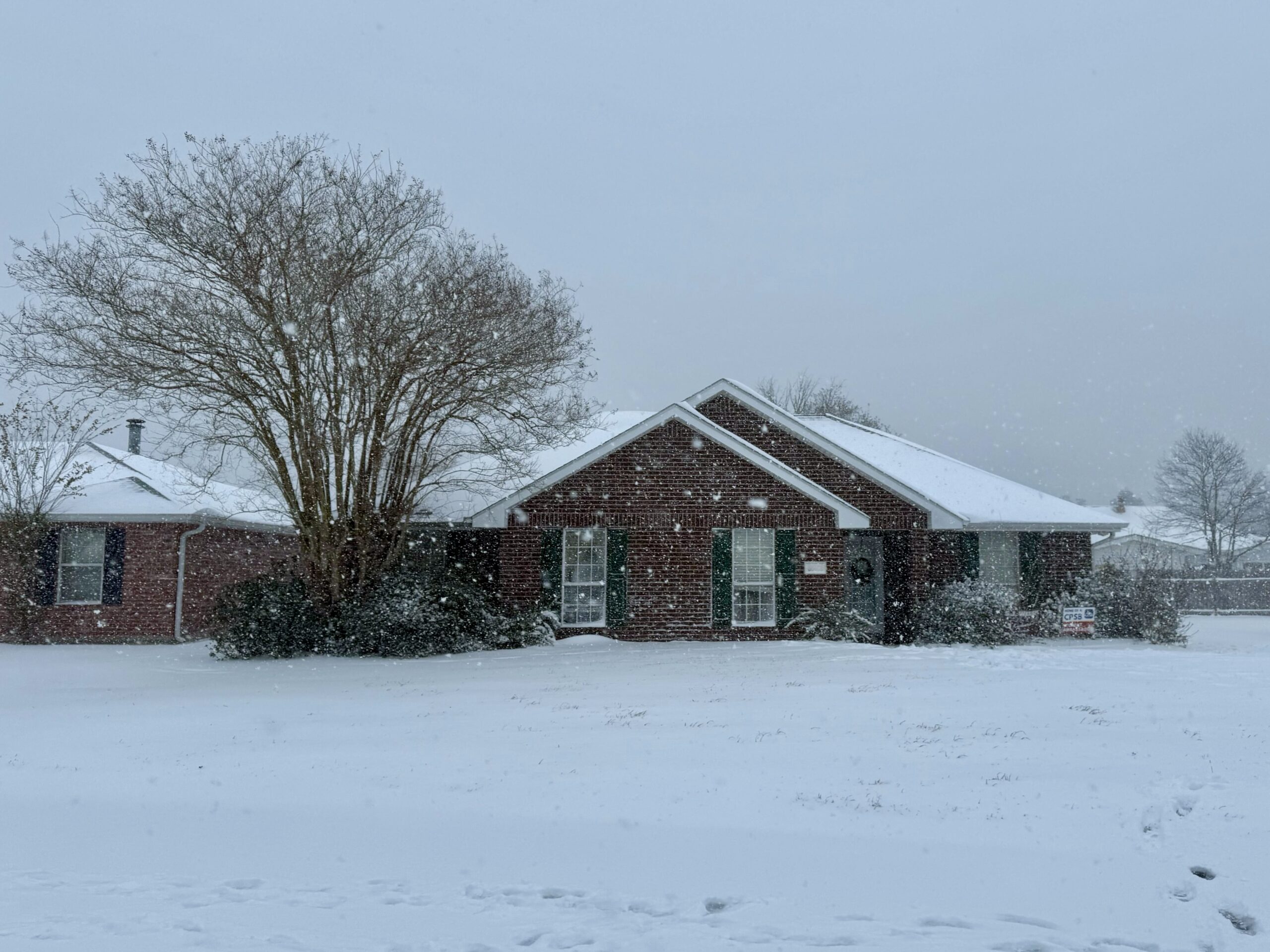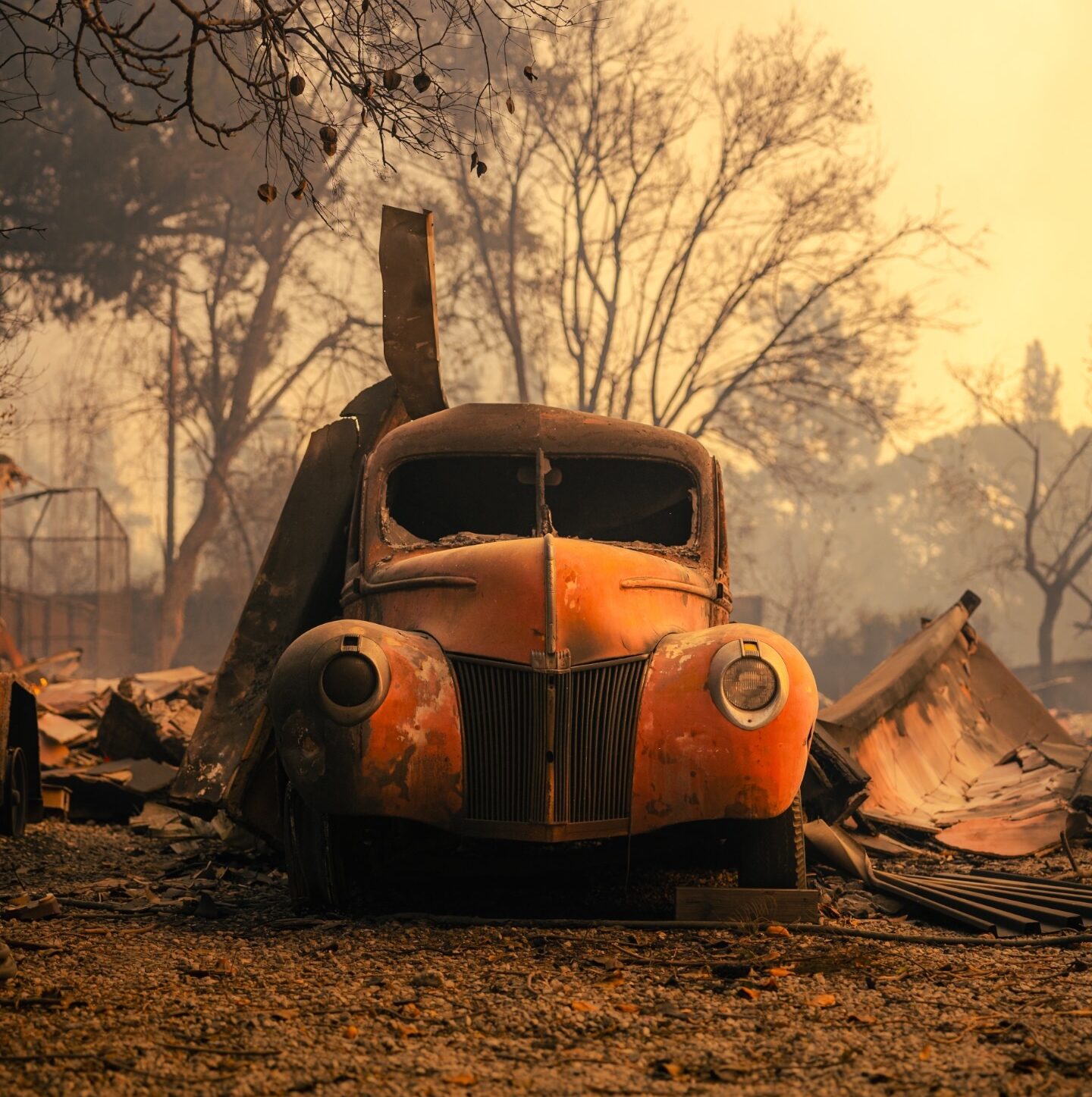What we’re watching: Weekly disaster update, January 27

We know all too well that disaster can strike anytime, anywhere in the world. Some disasters make headlines; others do not. Here at the Center for Disaster Philanthropy (CDP), we monitor the status of disasters worldwide and compile a list of the ones we’re tracking weekly, along with relevant disaster-related media coverage.
Here’s what we’re watching for the week of Jan. 27, 2025.
New or Emerging Disasters
Flooding – Indonesia: On Jan. 21, heavy rainfall caused landslides and rivers to overflow in Indonesia, flooding villages in Central Java Province. At least 300 people were forced to stay in emergency shelters. Houses were buried, and people were carried away by the rocks, trees and mud flowing down the mountainsides. At least 21 people died, and 13 were injured, with eight others still missing.
Flooding – Brazil: On Jan. 24, heavy rainfall brought severe flooding to Sao Paolo, Brazil, with approximately one month’s worth of rain falling in just a few hours. At least 180,000 people were affected, and many lost power. Locals were forced to shelter in metro stations, and cars were washed away on city streets. At least one person has died.
Previous/Ongoing Disasters
Winter Storm – Multiple U.S. States: A rare snowstorm brought historic low temperatures and heavy precipitation to multiple southern states on Jan. 22. The storm moved east from Texas, affecting Louisiana, Mississippi, Alabama, Georgia, Florida and the Carolinas.
Parts of Louisiana saw 10 inches of snowfall. Lake Charles, Louisiana, received its first-ever blizzard warning. Areas of Florida received nine inches of snow, another historic first.
In Georgia, police responded to at least 1,000 calls for help.
At least 11 people died across the South, some from hypothermia and exposure and others from car accidents related to icy roads.
Wildfires – Los Angeles, California: Over 16,000 structures, including homes, schools and businesses, have been destroyed, and 150,000 people were forced to flee from the wildfires in Los Angeles County and other communities in Southern California. The Palisades and Eaton fires (the two largest and most destructive) are now 94% and 98% contained, respectively.
At least 28 people have died, mostly older people and the disabled who were unable to evacuate or help did not come in time.
Two new large fires began on Jan. 22 and Jan. 23. The Hughes Fire is now 95% contained after growing to more than 10,000 acres in a couple of days. The Border 2 Fire in San Diego has reached over 6,600 acres and only has 43% containment.
Heavy rains in California now bring the risk of flooding and debris slides in areas burned by wildfires.
To learn more about California wildfires, head to CDP’s 2025 North American Wildfires profile.
Note: If you are an individual who was affected by the disaster, we encourage you to contact your local 211 to see what resources are available in your community.
Complex Humanitarian Emergencies – Democratic Republic of Congo
Women and girls face the brunt of violence in conflict, although they are rarely involved in decision-making around conflicts, peace and security matters. Sexual violence and other forms of gender-based violence (GBV) are frequently used as tactical weapons in war, aiming to terrorize and control populations. Displacement, instability and the destruction of facilities expose women and girls to even more exploitation and abuse, including survival sex and increased intimate partner violence. In this Complex Humanitarian Emergency (CHE) update, CDP is focusing on how the conflict in DRC affects women and girls.
Currently, the violent M23 armed group, supported by the Rwanda Defence Force (RDF), is approaching Goma in the North Kivu Province of the Democratic Republic of Congo (DRC), putting civilians at risk. The humanitarian situation in DRC is already catastrophic, with fighting in the area causing hundreds of thousands of people to flee, many of whom have already been displaced multiple times. There is a lack of resources, infrastructure and security for those moving from camps into the Goma city center.
Women and girls in the DRC make up around 90% of all reported gender-based violence cases in the ongoing conflict, especially in the eastern part of the country. Sexual violence is often used to terrorize and control communities. In 2023, there were 123,000 reported cases of GBV in the DRC, which is a 300% jump since 2021.
Boys and girls face ongoing recruitment by armed groups and are often the victims of abduction, killing, maiming and sexual violence.
Humanitarian aid for response services for victims of GBV and sexual violence is a priority in the DRC. Additionally, psychosocial services for victims are critical, with civilians experiencing increasing rates of depression, PTSD and anxiety.
In addition to the disasters listed above, we are actively monitoring the following disasters or humanitarian emergencies. For more information, see the relevant disaster profiles, which are updated regularly.
Upcoming webinar
Destructive and unexpected: What funders should know about wildfire recovery

What We’re Reading
- Amid L.A. fires, neighbors helped each other survive – 60 years of research shows how local heroes are crucial to disaster response – The Conversation: Neighbors, family and friends are often the first to help during and immediately after disasters, yet their work goes unaccounted for in official reports. Much of the early disaster recovery is done by the survivors of the disaster themselves. Outsiders who would like to help should be careful not to overwhelm recovery efforts by sending unneeded supplies or becoming spontaneous volunteers. Giving cash to local organizations focusing on long-term recovery is one of the most beneficial ways to help.
- In numbers we trust: How’ prioritization’ makes humanitarian numbers murky – The New Humanitarian: “In other words, there are more conflicts, more people are displaced, political violence seems to be rising, and crises are growing more severe. But according to humanitarian response plans in 2025, the number of people who need aid has fallen. Simply put, this doesn’t add up.”
- Tips to increase impact when giving to disaster relief efforts – LinkedIn: “DAFgiving360™ has heard from responding organizations that it is helpful to exclude special designations or directions when recommending a grant. This ensures they can direct money where it is needed most—based on what they are encountering at the disaster at any given moment.”
A moment of hope… To find the Oxford Children’s Word of the Year for 2024, Oxford University Press polled over 6,000 children between the ages of six and 14 to see which word they think best summed up 2024. The answer? Kindness. About 61% of respondents chose this word. According to teachers involved in the survey, this reflects the younger generation’s attunement to mental health and “the contribution kindness can make to mental wellbeing.” The survey also highlighted how aware children are of current affairs, as references in the media to violence, disasters and the suffering of others are omnipresent.
